The latest unexpected stop on the 2020 Formula 1 calendar again proved a hit with drivers and fans alike, as the series trialled a new race weekend format on its return to Imola. LUKE SMITH selects the key talking points from the Emilia Romagna GP
Lewis Hamilton may have warned on Saturday that Formula 1 faced a “boring” Emilia Romagna Grand Prix upon its return to Imola, but the end product offered plenty of storylines.
Overtaking was indeed tough on F1’s first visit to Imola since 2006, yet a handful of incidents managed to spice things up and ultimately swing the race in Hamilton’s favour.
A 93rd career win put Hamilton on the brink of his seventh world title as Mercedes toasted its own success by clinching the constructors’ championship, and while there was also cause for celebration at Renault, AlphaTauri and Alfa Romeo, there was heartbreak for Racing Point and Williams who saw big results slip through their fingers.
Here are 10 things we learned from the Emilia Romagna Grand Prix.

1. Bad luck denied Bottas on a strong weekend
Valtteri Bottas must be wondering what he has to do right now to beat Hamilton. After mistakes cost him against his team-mate at Mugello, the Nurburgring and the Algarve, the cards were stacked in his favour after the first lap at Imola when Max Verstappen leapfrogged the sister Mercedes on the opening lap.
But after striking a bit of debris on the second lap left following a clash between Sebastian Vettel and Kevin Magnussen, Bottas was wounded. His car lost an estimated 50 points of downforce, equivalent to one second per lap, meaning he could not build a gap to Verstappen or Hamilton behind.
Hamilton was excellent in extending his first stint to leapfrog both cars, and Bottas stood little chance of keeping Verstappen behind as he limped with the damaged floor. He had to rely on Verstappen’s tyre-induced retirement to take second, but second place was still an impressive result.
PLUS: Would Hamilton have won at Imola without VSC fortune?
Unlike the other three defeats to Hamilton in recent times, this one was largely out of Bottas’s control. He should take plenty of pride from his weekend performance, even if it will be little comfort as the gap to his team-mate in the standings almost becomes insurmountable.
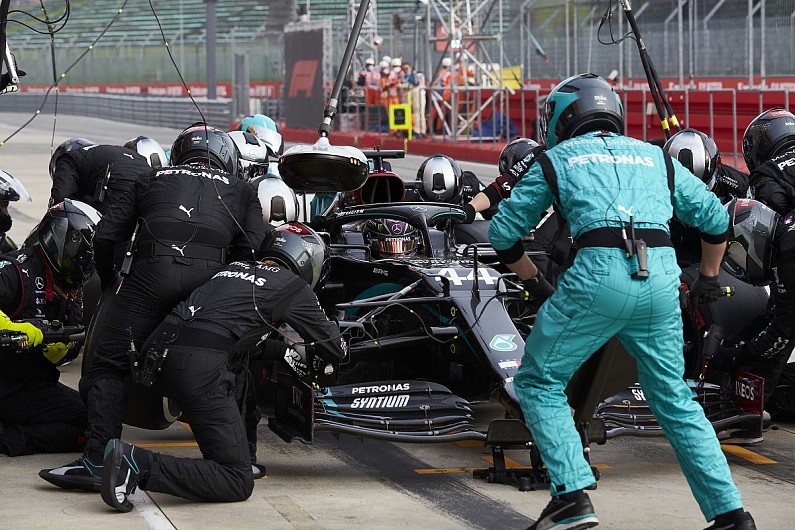
2. Mercedes always had Hamilton’s clever strategy planned
Hamilton’s chances of victory looked slim on the opening lap after his poor start dropped him behind Verstappen and very nearly cost him a place to Pierre Gasly.
But a split in strategies from Mercedes gave Hamilton the chance to get back into the fight, and while he was certainly aided by Bottas’ damage and the Virtual Safety Car that handed him a free pitstop, his management at the front of the pack deserves praise.
Hamilton was able to stretch out the first stint on mediums and manage his tyres well, ensuring he could build a decent gap to pit and retain the lead.
Mercedes may wish to ordinarily keep its drivers on identical strategies in the name of fairness, but the plan was always there to run one of its cars long if Verstappen were to get between them at the start.
It was just another case of Mercedes being a step ahead – and of Red Bull paying the price for not having two cars in contention at the front.
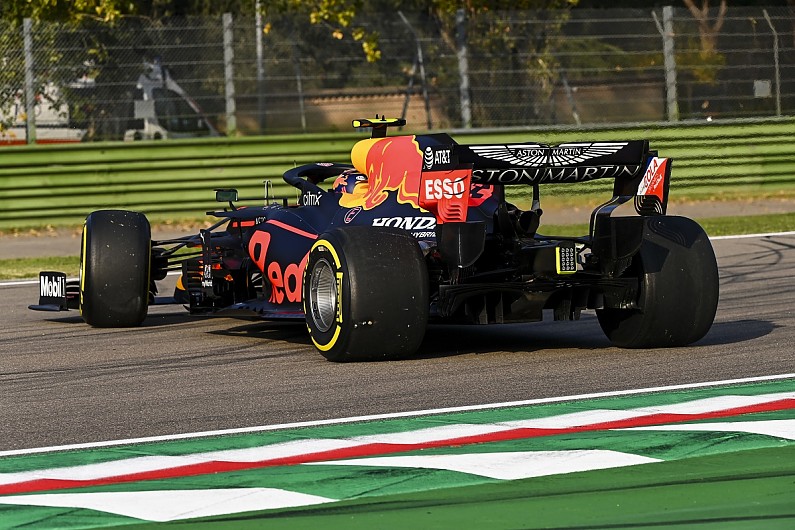
3. Albon did little good for his case to stay at Red Bull
As Verstappen’s rotten record in Italy this season continued – three DNFs from three races – the other side of the Red Bull garage also had very little to celebrate.
Alexander Albon has been under growing pressure at Red Bull, and races such as Imola are where his underperformance has been particularly costly. Not only did his absence at the front mean that Mercedes could “sandwich” Verstappen on strategy, to quote Christian Horner, but it also meant that when Verstappen dropped out, there was no-one to scoop up a podium.
To make matters worse, Albon then bottled the restart to allow Daniil Kvyat to fly past before making an unforced error at the Variante Villeneuve, spinning out when trying to defend from Sergio Perez.
PLUS: Emilia Romagna Grand Prix – Autosport Driver Ratings
It marks three races in a row without points for Albon, and only ramps up the pressure he faces as Red Bull looks at alternative options for next year. Of the four Red Bull-funded runners at Imola, he was by far the weakest.
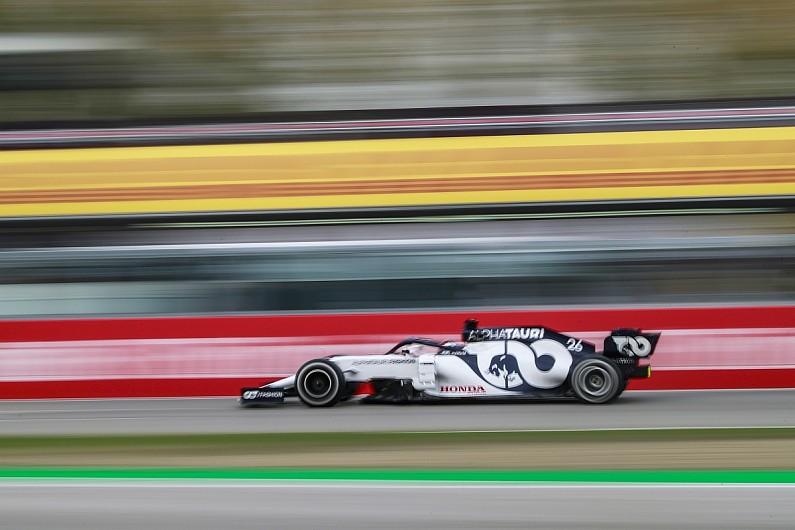
4. A swallow won’t make a summer for Kvyat
Contrasting Albon’s struggles was Kvyat, who put in his best performance of the season to date to grab fourth place for AlphaTauri with an aggressive, battling charge.
Kvyat’s restart following the safety car was one of the best onboard videos to watch from the race. He capitalised on Albon’s hesitation to swoop past the Red Bull driver and Racing Point’s Perez on the run to Tamburello, and the pulled off a superb pass around the outside of Charles Leclerc at Piratella to take fourth.
The Russian’s pace gave Daniel Ricciardo cause for concern in third, only for the Renault driver to respond and keep his podium, but Kvyat could nevertheless celebrate an excellent charge that will put more pressure on Ferrari in the constructors’ championship.
PLUS: Why Italy’s minnow F1 team could become its new maestro
It’s a result tinged with a bit of sadness for some, given Kvyat is likely to be on his way out of AlphaTauri at the end of the season, and proved he does have plenty of fight in him and is deserving of a place on the F1 grid.
But one result does not make up for what has otherwise been a largely underwhelming season in which team-mate Pierre Gasly has been in a different league. So good was Gasly throughout the Imola weekend prior to his early DNF due to a radiator failure that he would surely have been in the hunt for a podium along with Ricciardo.
Imola was a timely reminder from Kvyat of what he is capable of, albeit one arriving too late in the year to make a real difference to his future.
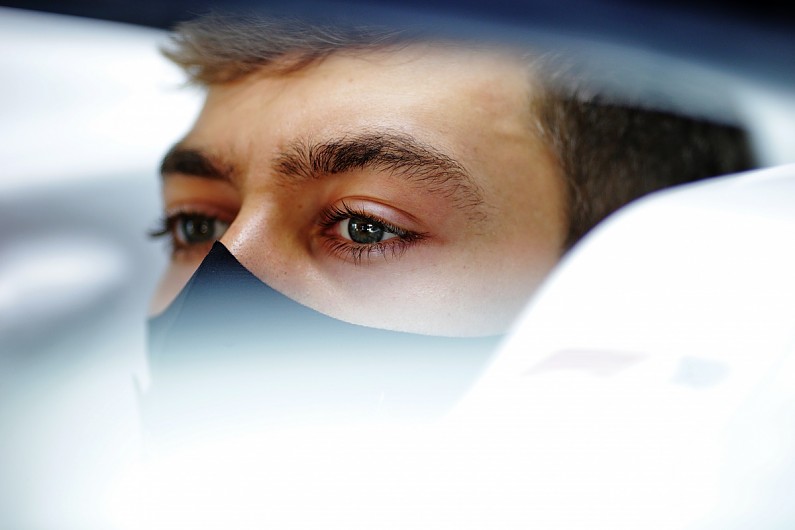
5. Russell’s crash is going to hurt for some time
So many times this year George Russell has regretted the fact that his best performances have come on weekends where few cars retired from the race – yet at Imola, when that opportunity presented itself, he threw the chance for points away.
Russell again starred in qualifying to take 13th on the grid ahead of Sebastian Vettel and Lance Stroll, and had edged his way up to 11th thanks to Gasly’s retirement and after getting the undercut on Esteban Ocon.
Verstappen’s retirement lifted Russell up into the points, giving him the kind of fortune a backmarker team likes Williams requires if it is to snatch a top-10 – only for him to then hit a bump nearing Acque Minerale behind the safety car, causing him to spear into the wall.
“It was such an amateur mistake that I almost just could not believe it just happened,” Russell said, having spent a few minutes slumped at the side of the track contemplating the mistake. “It was just pure frustration and annoyance at the error I just made.”
What he went on to describe as “the biggest mistake I’ve ever made” is one he will inevitably dwell on for a few days, particularly as the chances for Williams have been so rare this season. But it’s the kind of mistake that all drivers make at some point in their careers – Russell has happened to get his out of the way nice and early.
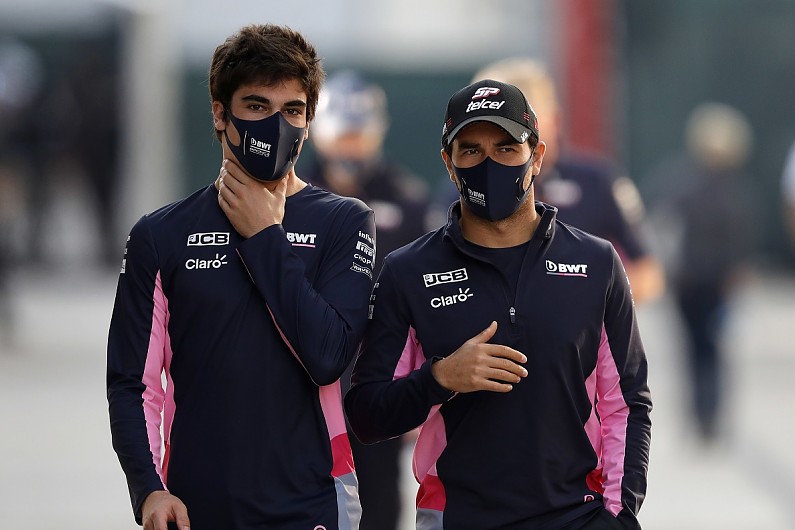
6. Stroll and Perez were a world apart in performance
As Racing Point team-mate Perez put in a stunning drive that would have scored him a podium had it not been for the safety car and resulting strategy call, team-mate Lance Stroll had another weekend to forget.
One week on from a nightmare of a weekend in Portimao, Stroll again struggled massively as he qualified 15th and ran last for the majority of the race after picking up damage on the first lap following a run into the rear of Esteban Ocon. A sloppy pitstop saw him biff his front jackman, apologising quickly and saying his brakes were cold.
Stroll then summed up his race with a few mutterings in a 23-second interview for TV after the race, acknowledging there were no positives to take from his weekend.
It has all marked quite the turnaround for Stroll, whose season had started so well. Since missing his chance of victory at Monza, he has failed to score a point, been involved in a big accident at Mugello and caught COVID-19. It has been a rough period for him.
Through that time, Perez has routinely outperformed his team-mate, scoring 48 points and is now single-handedly carrying Racing Point in its bid to get third in the constructors’ championship.
Stroll needs to up his game soon, or he could end up costing the team dearly in the fight against Renault and McLaren.
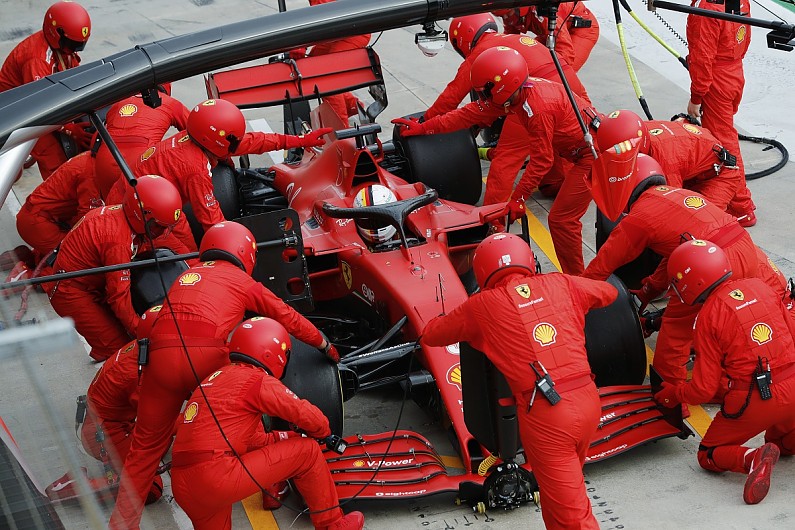
7. Ferrari costs Vettel a chance at some decent points
Sebastian Vettel hasn’t had much to be positive or upbeat about through his final season with Ferrari, but even when a chance presents itself such as at Imola on Sunday, things seem to go awry.
Vettel struggled to 14th in qualifying as his streak of Q2 exits continued, but a long first stint on mediums meant he rose up the order well and was in contention for some points as he neared his pit stop.
Vettel would have emerged on-track ahead of Lando Norris in 11th had things gone smoothly, only for delays in changing the left-rear and right-front tyres to leave Vettel stationary for 13 seconds, dropping him way down the order.
Ferrari then pitted Vettel again under the safety car, hoping a fresh set of tyres could result in a late charge, but it only caused him to again fall back.
Had either decision not been made, Vettel would have picked up some handy points for Ferrari in the constructors’ fight, making it yet another disappointing end to the four-time world champion’s weekend.
His performances certainly need an uplift, but the team must take a certain amount of responsibility for Vettel missing out on points at Imola.
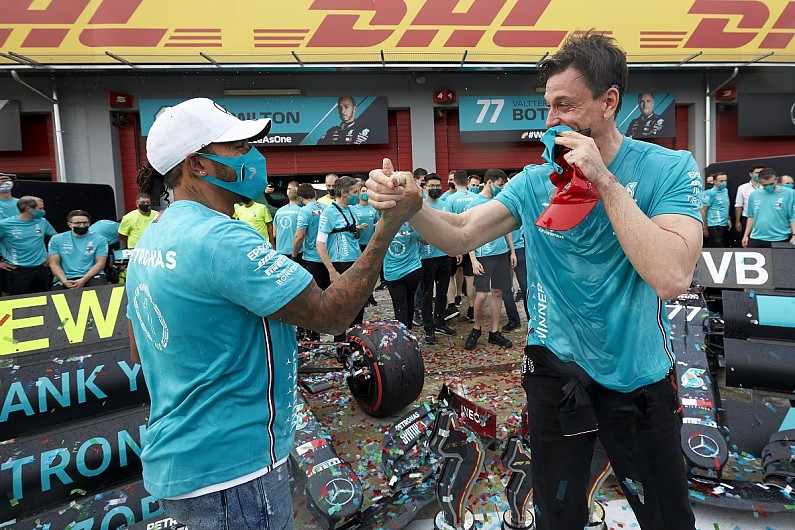
8. Question marks do hang over Hamilton and Wolff’s futures
As Mercedes soaked up the praise of the F1 world following its record-breaking seventh consecutive constructors’ championship victory, the future of its two leading players was questioned more than ever.
Team principal Toto Wolff has been open for some time that he is considering what to do when his contract with Mercedes expires at the end of the year, previously talking about the “toll” the role has placed on him and the desire to bring through fresh talent.
Wolff said at Imola he has a successor in mind as team principal, hinting he could take up a more senior role at the team, but will definitely remain involved one way or another.
After being asked about Wolff’s future, Hamilton replied: “I don’t even know if I’m going to be here next year,” later expanding to say there were “no guarantees” he would be on the grid next year.
Is it just talk ahead of negotiations with Mercedes? Potentially. But Hamilton has always been open about his interest in ventures outside of F1, no more so than through 2020 amid the challenges being faced across the world.
The Mercedes dynasty that has won seven titles might look a bit different come the start of next season, whether that is with Wolff moving into a different role or something bigger. Regardless, there are questions that need to be answered in the next couple of months.

9. Two-day weekends definitely work, but might not fit everyone
After the unplanned trial of a two-day weekend at the Nurburgring, F1 gave the format its first proper run-out at Imola as it condensed all running into Saturday and Sunday.
The 90-minute practice session on Saturday morning worked well, giving teams enough time to get in their qualifying simulations and longer runs to ensure they had all bases covered for the race. The session itself was busy, with cars on-track at all times as drivers maximised the limited running.
It may not have led to a huge shake-up in the pecking order, but it also didn’t leave any of the teams massively on the back foot, proving the format can indeed work.
Will it work everywhere? Probably not. At tracks that enjoy bumper crowds and are heavily-reliant on gate revenue from Fridays, then losing that day would be a massive dent to its income, and subsequently the viability of hosting the race.
But at circuits where crowd figures are perhaps less of a concern and justification for hosting a grand prix, then a two-day format would be suitable. It would ease some of the travel pressure on the paddock, result in two busy days of action, and create some variation in the calendar too.
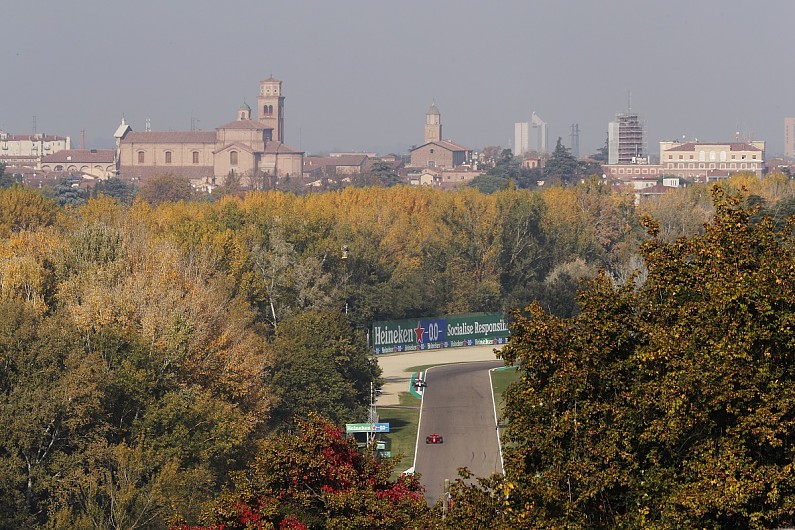
10. F1 needs more tracks like Imola
F1’s return to Imola was, unsurprisingly, a roaring success in terms of driver feedback as everyone moved to praise the old-school layout.
Besides the track limits shenanigans and their policing in practice on Saturday morning, everything at Imola was perfect for the drivers, punishing mistakes and giving them a chance to really get wheel-to-wheel at points.
It was yet another reminder from the revised 2020 schedule of the kind of character F1 is missing in a lot of its tracks.
“I disagree with the direction that we have taken with racing on oversized supermarket parking lots, because it takes the factor of the driver and his skill away,” said Toto Wolff. “Therefore, I really like racing at Imola.”
F1 is well aware of where things have gone wrong, with Imola adding to the argument.
“We’ve been to a few classic but new-for-2020 tracks this year and they’ve all demonstrated how the layout of the track can inspire great racing,” said F1 managing director of motorsports Ross Brawn.
“And that’s why we want to be involved in the design and planning of any new tracks that come along, using the lessons learnt, as we believe any new track should be an opportunity to create something special.”
More Imola-style tracks would be great for F1 moving forward – as, frankly, would Imola itself, if a commercial case can be put together.
